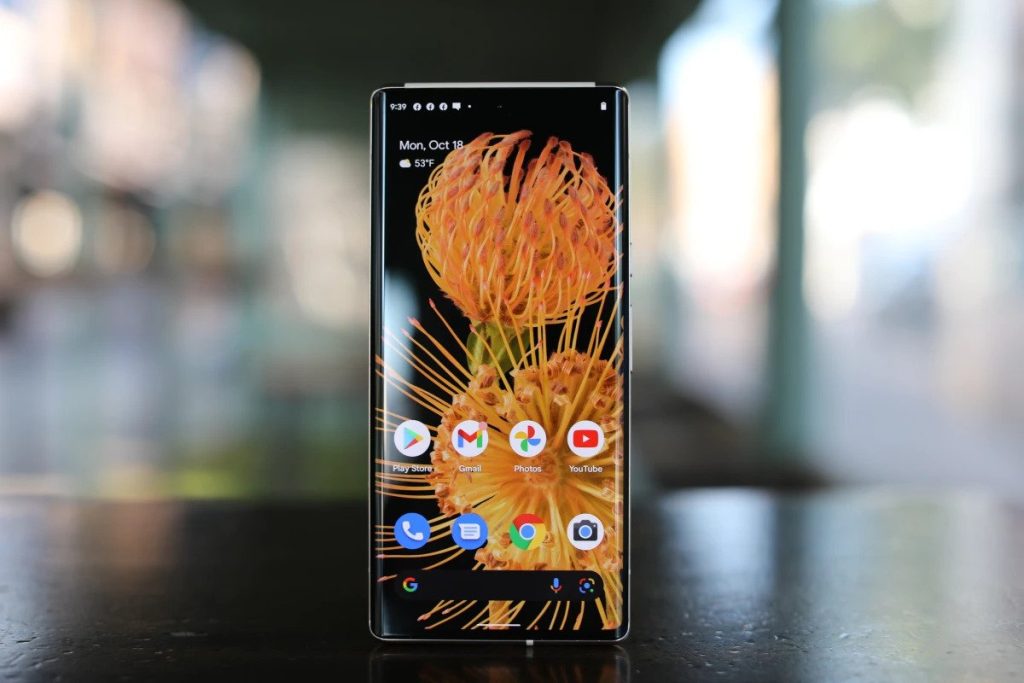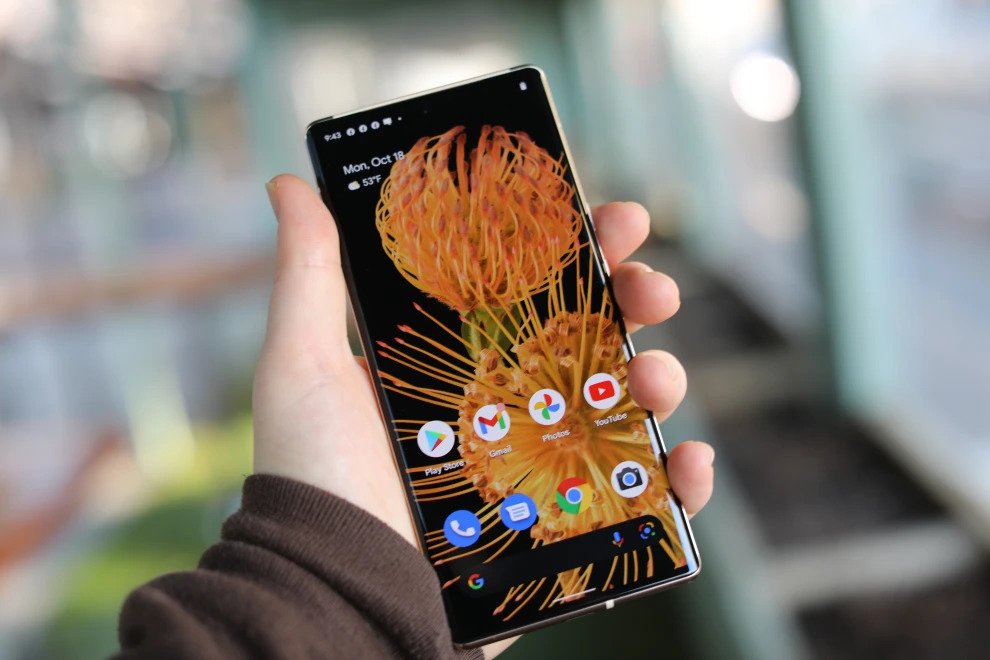
The Pixel 6 (£599, from Google.com) and Pixel 6 pro (£849, Google.com) have a high bar set for them. With a new design, camera, operating system and machine-learning chip. The search giant and its hardware chief Rick Osterloh are really. Pushing these devices as Google Phones.
While previous Pixel devices have been aimed at a mid-range market. These new handsets are intended to take on Apple and Samsung in a smart way.
Choosing between the two is relatively straightforward. Although the phones differ in camera, screen size and price, the essence of the phone remains the same. Deciding between Pixel 6 or Pixel 6 pro mostly depends on how far your budget can stretch.
Through combined hardware and software, Google wants these. To be the brand’s “most personal and most supportive” phones. And the 6 and 6 Pro are undoubtedly the most attractive Pixel phones to date. With better designs and more features than ever. But Android 12 still needs some time before Google’s vision is fully revealed. And people already invested in Samsung and Apple may need some more convincing to make the move.
How do we test?
We put the Google Pixel 6 and Pixel 6 pro for a week, looking. At build quality, camera capabilities and AI editing. Display and their general performance against major competitors. Here’s what we think.
Read more:
9 Best Budget Smartphones That Don’t Compromise on Quality
Samsung Galaxy A52 5G Smartphone Review
Motorola Moto G9 Power Smartphone Review
Samsung Galaxy Z Flip 3 Review: Is the Smartphone Worth Buying?
Google Pixel 6 pro:
- Weight: 210g
- Dimensions: H 163.9mm x W 75.9mm width x D 8.9mm
- Display: 6.7in, 1,440 x 3,120 OLED
- Battery: 5003mAh (24-hour battery life)
- Camera (rear): 50MP f/1.85, 12MP f/2.2, 48MP f/3.5
- Camera (front): 11.1MP f/2.2
- Storage: 128GB built-in
- Memory: 12GB (RAM)
- Rating: 8/10
Google Pixel 6:
- Weight: 207g
- Dimensions: H 158.6mm x W 74.8mm x D 8.9mm
- Display: 6.4in, 1,080 x 2,400 OLED
- Battery: 4614mAh (24-hour battery life)
- Camera (rear): 50MP f/1.85, 12MP f/2.2
- Camera (front): 8MP f/2.0
- Storage: 128GB built-in
- Memory: 8GB (RAM)
- Rating: 8/10
A new design
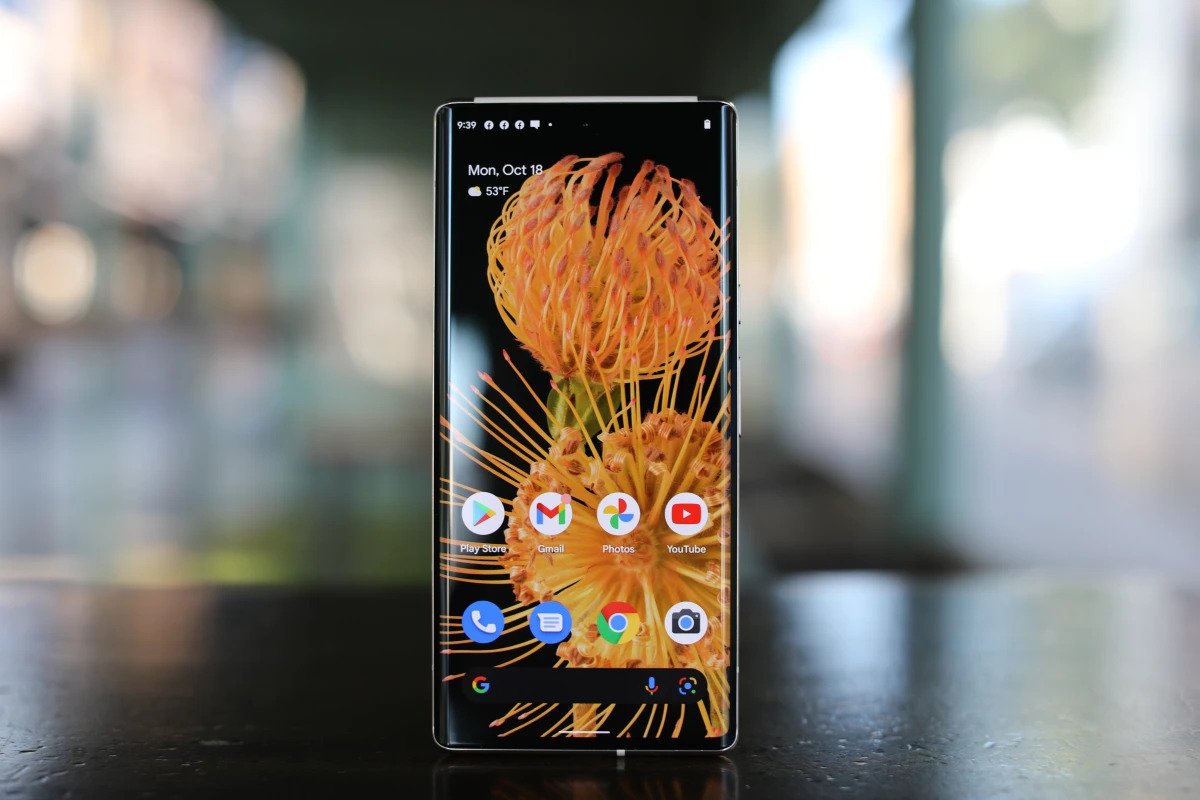
The most obvious change to the Pixel devices is in their design. With a large horizontal camera bar running across the top of the device’s back. While other manufacturers usually place rear cameras on the top left. Google clearly wants the Pixel to stand out from the crowd and get people to notice when you’re using it.
The camera bump juts out from the back but isn’t particularly noticeable when in a case. Which most people will keep them – and the slight ridge means. That fingers don’t accidentally stray across the lens when holding it.
Both phones have a glossy glass back that feels good to hold but, like the matte resin of the Pixel 5. The smoothness of the Pixel 4 or Samsung’s Note 20 Ultra, which is a bit bland. Hopefully future Pixels will return to that trend, because. In our opinion, no phone has yet surpassed the Pixel 4’s feel.
The Pixel 5’s fingerprint scanner is also missing from the back, and there’s no Project Soli Face ID on the front. Instead, Google opted for a fingerprint scanner below the screen. Which it says is more secure — and a small hole-punch notch at the top and center. This means it lacks some features on other phones. Such as looking at the screen to check the details of notifications. But it’s not a noticeable trade-off and we’re happy with the trade-off for more privacy.
Display
Both the Pixel 6 and 6 Pro have bright, punchy displays that should meet anyone. With Gorilla Glass Victus to ensure their strength. It’s the best display Google has offered on a phone yet. And it seems easily comparable to the best Samsung has to offer.
The Pixel 6 features a 6.4in 1080p OLED display with a 60-90Hz refresh rate for smooth scrolling. The Pixel 6 pro, meanwhile, has a larger 6.7in, 1440p screen with slightly smaller bezels. And a 10-120Hz refresh rate. This makes it more responsive for fast-action games. But also means it can save power when it’s not needed for the always-on display.
The 6 Pro has aluminum sides compared to the regular 6’s matte, square. Which adds a certain premium feel to its bigger sibling, but also gives it curved edges. Making it less aesthetically pleasing to us than a cut, flat screen.
Performance
Inside both phones are Google’s custom-designed system-on-a-chip called Tensor. Which it claims can compete with the Qualcomm Snapdragon 888. That’s commonly found in other flagship phones.
The Pixel 6 has 8GB of RAM with 128 or 256GB of storage. And a base of 12GB of RAM and 128GB of storage that goes up to 512GB on the Pixel 6 pro.
Generally, apps open quickly and work responsively. as should be expected from any flagship phone, although some programs. Such as Hearthstone, occasionally crash unexpectedly. It happened so rarely, but, that it’s hard to know why, and we think it’s unlikely. That most people would notice anything similar.
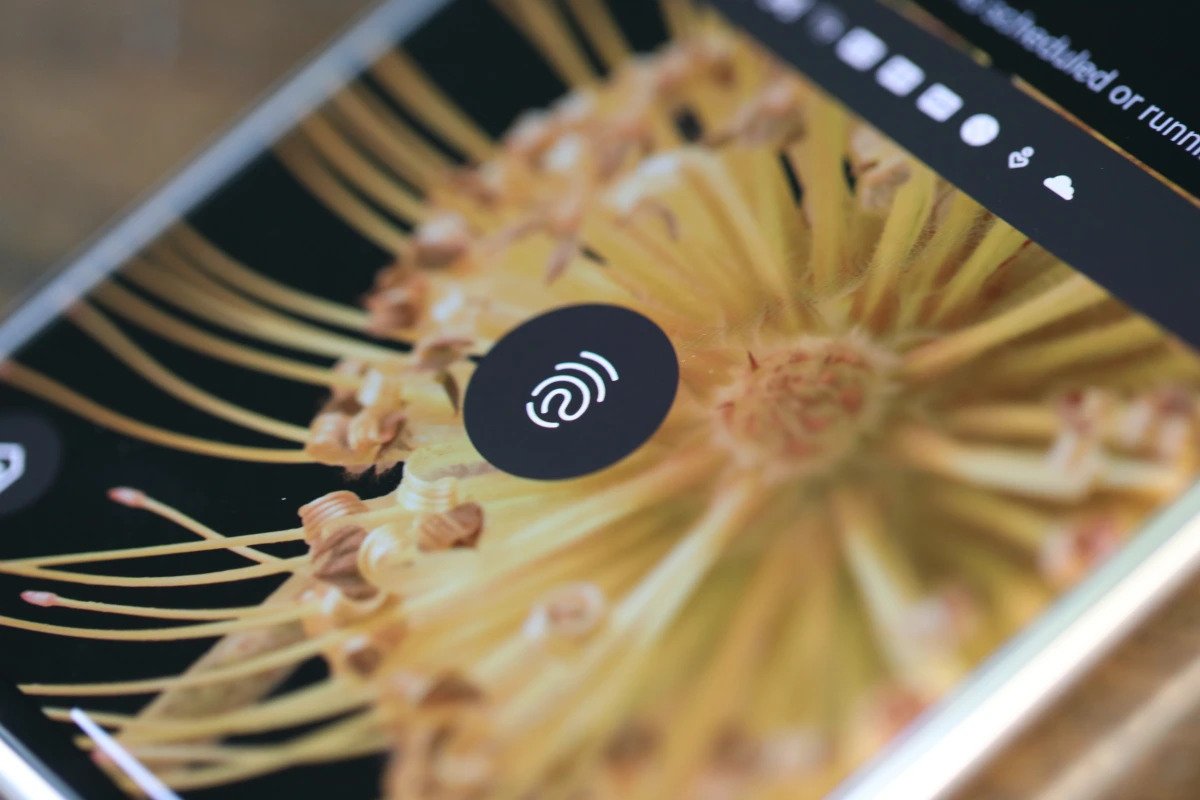
Android 12, Google’s new operating system, runs smoothly. On this device with updates to the new “Material U” aesthetic and menus. Widget and button palettes now automatically match the phone’s background image color. And there’s a beta setting for “themed icons.” That changes the bright colors of the Gmail, YouTube, Photos, and Play Store apps to a two-tone palette.
Finally, Google aims to change all apps – including third. Party ones – when the feature is enabled. But other big common apps such as Instagram, WhatsApp. Twitter or Netflix have not yet been updated.
At this stage of development, we’re a bit disappointed with Google’s personalization claims. We don’t use widgets very often because we prefer to use our phone’s screen real estate for apps but. Even if we do, it’s rare that they’re a slightly different color.
Perhaps it will feel different with a few more updates, and users will enjoy the little bells. And whistles currently available. But since Android is known for its launchers, icon packs, and more. Users can already get a much more personalized user interface than on other phones.
Also Read: Best Phones of 2021 from iPhone, Samsung and More
But, compared to Apple and iOS 15, it’s nice to see Google trying for specific users. Since the iPhone X, iPhones have looked basically the same inside and out (bar a different camera bump. And Apple’s own widgets) and only allowed people to move widgets around on the home screen. Compatibility between devices has been a boon for Apple. As it makes it easier to upgrade, but its current stagnation may push people. To try something different for a change.
Another big change for Android 12 is a new, easier way to find the “Privacy Dashboard” in the Settings menu. From here users can find out exactly what permissions they’ve given apps and revoke them. And discover how many times personal information like their location or camera. And microphone usage has been requested in the last 24 hours.
The company is pitching the Pixel 6 as a more secure device. “With Tensor’s new Security Core and Titan M2. The Pixel 6 will have the highest level of hardware security of any phone.” The company said in a blog post, based. On what it claims is “an enumeration of individual hardware. Security subsystems and components.”
While we couldn’t test this one-sidedly, it’s gratifying to see Google. Trying to strike a balance between utility and privacy. Especially when its business model relies on knowing as much as possible about its users.
Camera
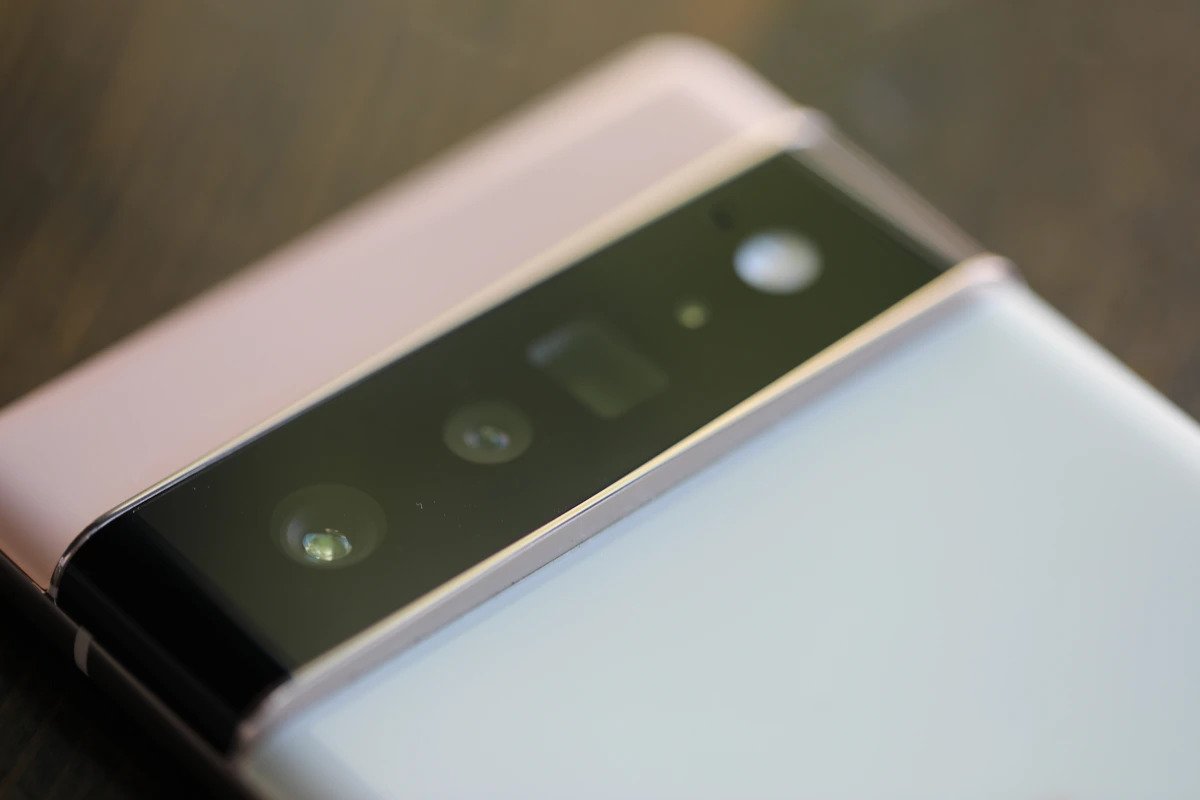
Google’s Tensor processor, meanwhile, uses machine learning. To power the Pixel 6 and 6 pro’s new cameras for voice recognition. Google Assistant and some new photo-editing features.
On the back of the standard 6 is a 50MP main sensor. Much larger than what Google has used before – and a 12MP f/2.2 ultra-wide lens. The Pixel 6 pro has that too, as well as an more 4x telephoto camera. And Google says the new sensor can take in 150 percent more light than the Pixel 5.
Between the Pixel 6 pro and Samsung’s Note 20 Ultra, both cameras perform admirably. The Pixel 6 pro has a slightly deeper sense of contrast, evident. When photographing a white building against a dark gray cloud. And generally handles colors more naturally than its competitors.
Also Read: 9 Best 5G Phones for Next-Gen Speed
Meanwhile, photos on the Samsung had an overall brighter look. That might look better on social media but could err on the flat side compared to the more dramatic Pixel 6 Pro.
Another feature that Google touts is its Magic Eraser and motion-blurring capabilities. Powered by artificial intelligence on the Tensor chip. This allows people to remove objects. Or other people from the background to create a more engaging. Less distracting image.
Google isn’t the first to offer this feature; Huawei’s P40 phone had a “Remove Bypass” mode. And Samsung has its own “Object Eraser” tool. Comparisons of Samsung and Google’s tools yielded mixed results. Sometimes Samsung was able to remove rocks. And detritus from a sandy beach leaving no artifacts. And other times Google came out on top.
Any artefacts from both companies are less obvious when viewed on a phone or uploaded to social medi. Especially when things are removed from the background rather than the foreground. – But are still visible when blown up on a big screen. For important shots you want to keep around the house. I’d recommend having a professional retouch them instead of relying on algorithms.
Google’s Tensor chip has an “action pan” motion blur mode and a long-exposure mode. Though we haven’t fully tested them in a wide range of situations yet. Using the mode while standing on a beach whips up the waves in a way that gives. It a greater sense of motion, but still makes it look a bit like the photographer was moving when the shot was taken. This mode will must some practice. Before users feel comfortable using it in make-or-break situations like sporting events.
battery
Both the Pixel 6 (4614mAh) and Pixel 6 pro (5004mAh) have very good battery life. And are a significant improvement over the Pixel 4 XL. Using the phone intensively throughout the day. Taking photos, playing games, watching videos. They can still last until the next morning without needing a charge.
That’s no doubt helped by Google’s “Adaptive Battery” mode, which analyzes and predicts. Which apps you’ll be using and drains the power of those that are rarely opened. With the mode enabled and disabled, we didn’t experience. Any difference in performance or responsiveness of apps
Verdict: Pixel 6 and 6 pro
For those who prefer Pixel phones – or Android phones – going from the Pixel 5 to the Pixel 6 or 6 pro is an obvious choice. Google has taken the joy of pure Android, improved the camera. Battery and design, and released it into the world. Pixel is used as a mundane device; Google has now added sparkling welcome bits.
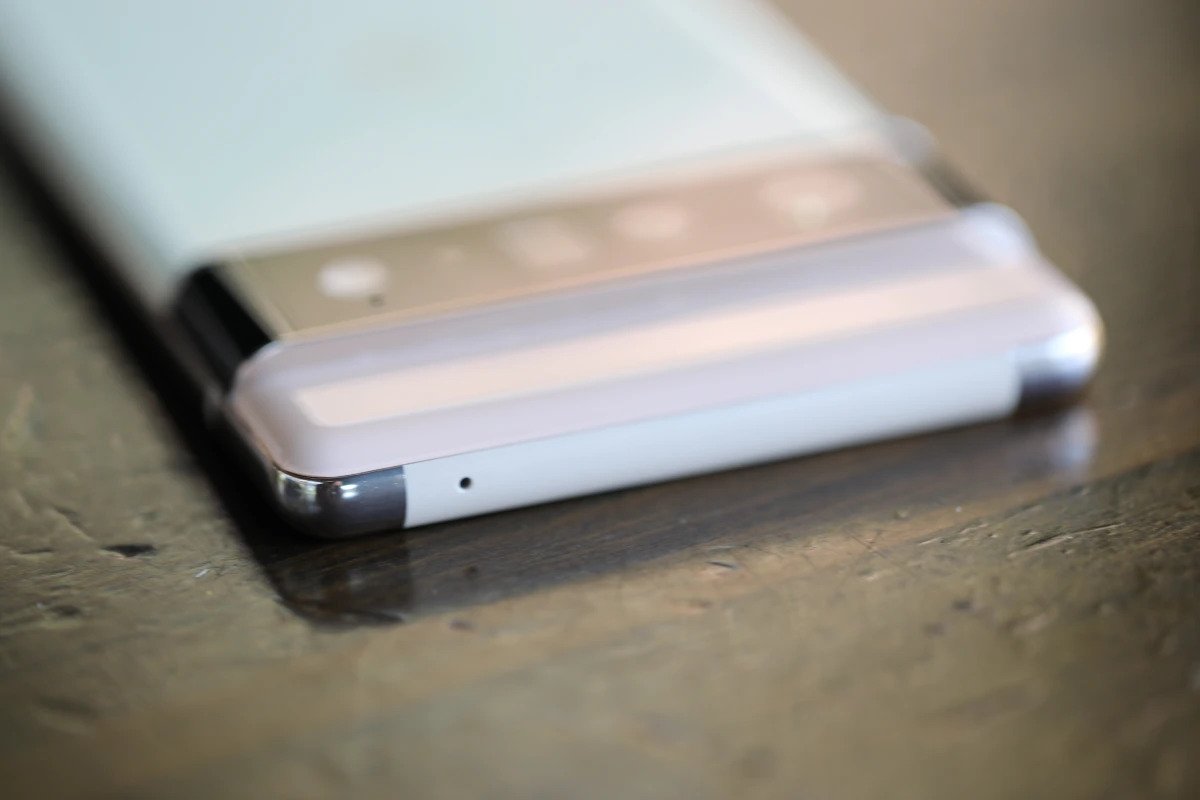
It’s compelling enough to move us away from a Samsung Note 20 Ultra. Even though the competition is very close. The camera has more depth, the user interface is cleaner, and little features like. “At a glance” for the calendar or weather information. Or music detection in the top left make Pixel devices feel. More sophisticated than others.
It might be hard for the Pixel to lead us astray if we have a Galaxy Watch and Galaxy Buds headphones. But those using third-party Android-compatible devices such as Bose headphones. Or Fossil watches may be forced to.
Buying a smartphone these days is less about the device and more about the ecosystem. And potential users should always keep that in mind.
That’s even more true for Apple, where the features of a connected iPhone, Apple Watch. And Mac ecosystem, including iMessage. And iCloud, make it difficult for people to switch. The Pixel 6 and 6 pro are good devices, but not good enough to break those chains.
Ultimately the Pixel 6 and Pixel 6 pro feel like a refresh to the range. And are definitely models worth considering for those. Looking for a new Android device.
Google finally seems to be taking its place in the market seriously and its ability to control the stack. Hardware and software – should not be underestimated. That’s what gave Apple its power, after all. Even if this generation of Pixels isn’t a true iPhone competitor, that gap seems to be closing.

